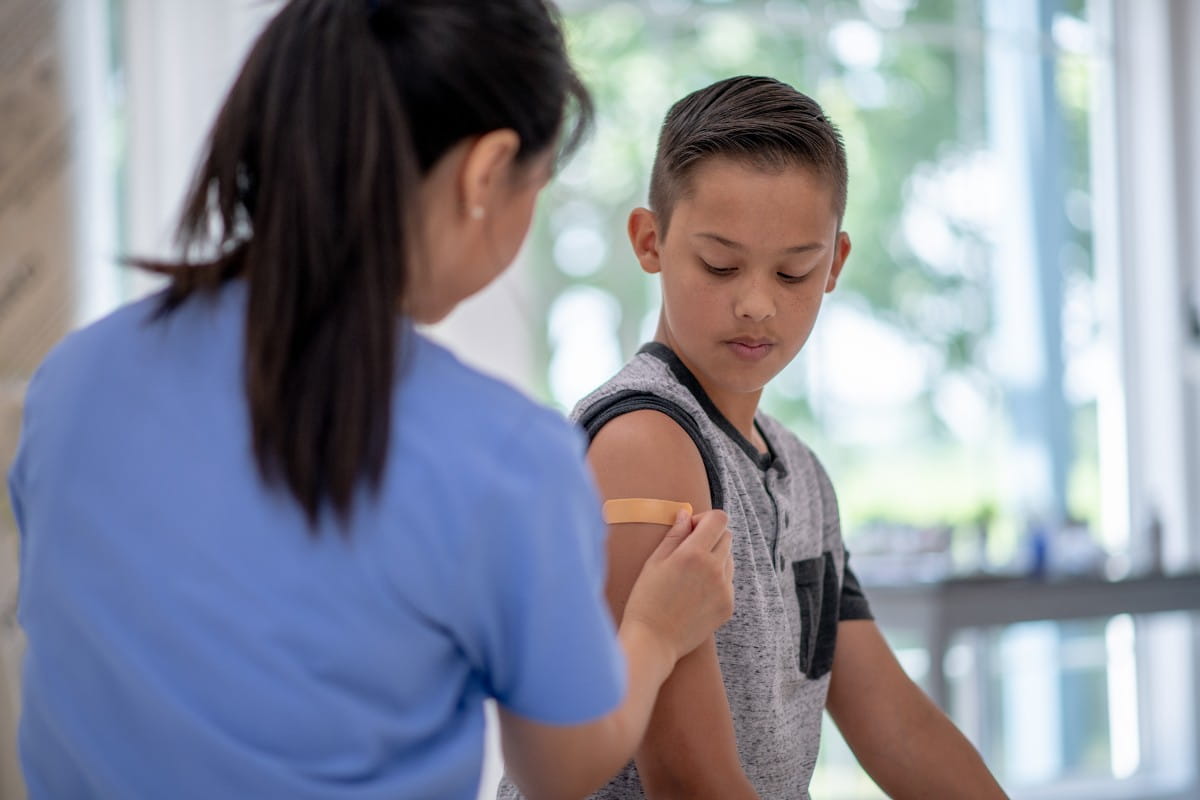Exercise-induced asthma happens most often to those who have already been diagnosed with asthma. It also can affect others, including elite athletes, who do not have trouble breathing except when exercising.
“Coughing is the most common symptom of exercise-induced asthma,” says a Riverside provider. “These symptoms can happen to anyone who is not conditioned, but if they frequently occur in those who work out regularly or those who already have asthma, it’s time to see a doctor.”
Technically, the correct medical term for exercise-induced asthma is “exercise-induced bronchoconstriction” or EIB. The condition occurs because of narrowed, inflamed airways, also known as bronchoconstriction.
To diagnose EIB, your care provider will test your lung capacity while exercising.
“You’ll likely run on a treadmill or ride an exercise bike so we can check how your body responds to exercise,” Riverside provider says. “You’ll breathe into a tube called a spirometer that measures the amount of air you exhale and inhale before you exercise, while you exercise and after your exercise. That gives us the information we need to make a diagnosis.”
Here are some important things to know about EIB:
Who is affected by EIB?
People with asthma account for 90 percent of EIB cases, but 10 percent of those with EIB are healthy otherwise and only experience the symptoms while exercising.
Elite athletes who do not have asthma can be affected by EIB, especially those who participate in endurance sports, such as running, cycling and winter sports. Studies have found that as many as 30 to 70 percent of elite or Olympic-level athletes experience EIB. These numbers vary depending on the temperature, pollutants and intensity of activity.
Why does weather play a role?
Cold, dry air is a trigger for exercise-induced asthma. Your nose warms and humidifies the air, but when you exert a lot of energy, you breathe primarily through your mouth. That takes your built-in air filter away. Since cold air has less moisture than warm air, it makes the condition worse.
What sports are more likely to trigger exercise-induced asthma?
“Cold-weather sports, like hockey or skiing, are more likely to lead to exercise-induced asthma,” Riverside provider says. “Sports that require constant activity like running, basketball and soccer can also cause it.”
If you experience EIB, you may want to consider some activities that tend to cause fewer problems like:
- Hiking
- Recreational biking
- Sports requiring only short bursts of activity, such as volleyball, football, gymnastics, track and field sports. Swimming is also a good alternative.
- Walking
How fast do the symptoms occur?
Symptoms can range from mild to severe, and usually appear a few minutes into exercising. Typically, they resolve in 20 to 30 minutes after exercising. Some people will experience a second wave of symptoms four to 12 hours after exercising.
How can I manage exercise-induced asthma?
Your care provider can prescribe several types of medication to open up your airways and make you less susceptible. Options include inhalers (bronchodilators) used before exercising; emergency inhalers; inhaled corticosteroids that work long-term and oral medications used for asthma patients.
Other steps you can take to help prevent an attack include:
- Covering your mouth/nose with a scarf if exercising in cold, dry weather
- Warming up before periods of exercise or vigorous activity
- Being aware of your respiratory status before, during and after exercise
If you’re concerned you have exercise-induced asthma, please see your primary care provider for an evaluation. To make an appointment with a Riverside provider please call 757-534-5352.



